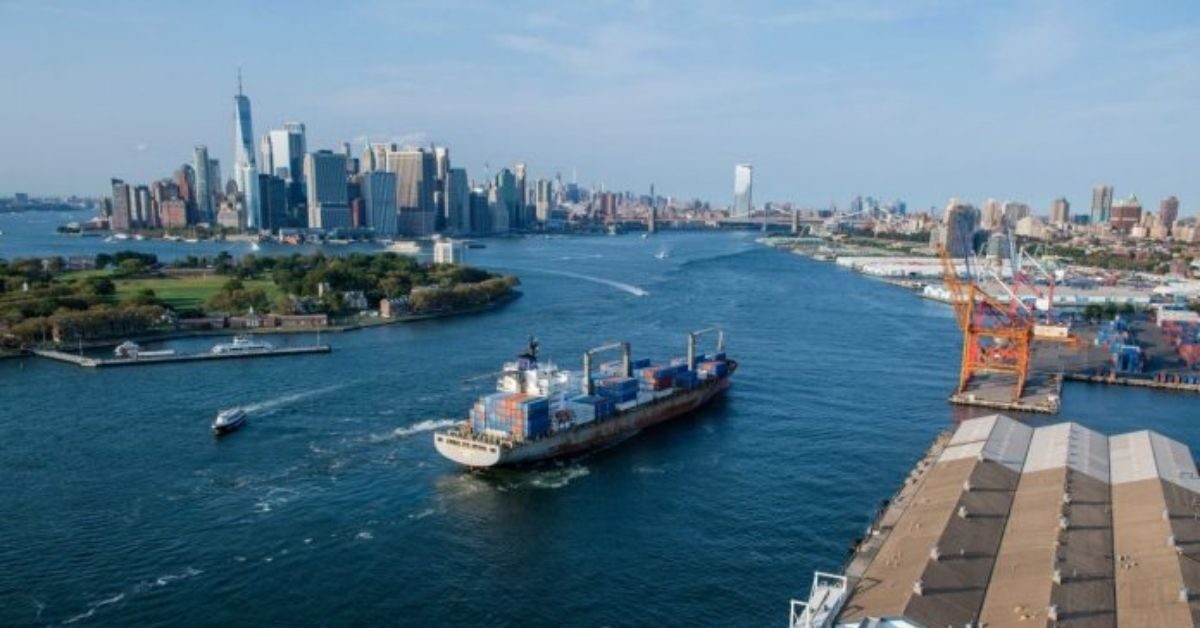Ocean carriers are expected next week to take increases on premium charges that could escalate trans-Pacific premium services to new highs.
“I see it only going upwards, said a carrier source June 22. “Customers are paying premiums in the five digits, in some cases five digits with a two in the front.”
Most of their eastbound trans-Pacific cargo is now moving on a premium basis, the source added. “From input we’re getting from the market, indication is that carriers aren’t releasing a lot of FAK bookings,” he said.
During the week ended June 25, S&P Global Platts heard all-inclusive premium bookings at $17,700/forty-foot equivalent unit into the US Gulf Coast, and an FAK excluded rate from Southeast Asia to US West Coast at $14,000/FEU.
One shipper was heard paying $22,000/FEU for Southeast Asian cargo bound for the US Gulf Coast.
And some shippers have reportedly been denied bookings even while paying premium levels, as importers vie with one another to secure a booking.
And while the Port of Yantian, China, has resumed full capacity, there remains a significant backlog of both inbound and outbound cargo. As the market heads into the summer peak season, the general expectation is that both FAK and premiums from South China base ports will see significant increases as carriers and terminals grapple with the cargo pileup, which could leave South China rates higher than those in North Asia.
Southeast Asian rates up on shortages, congestion
Container rates on the Southeast Asia to North America route inched up during the week ended June 25 on account of increasing congestion and worsening equipment availability.
Premium rates were heard at $15,000-$20,000/FEU for East Coast North America, with majority of the orders leaning towards the higher end, sources said. For West Coast America, premium rates rose to $15,500/FEU.
“It won’t be surprising to see the rates touch $25,000/FEU during the coming days as it’s a crazy market and everything is jammed,” a source based in Singapore said, adding that the average turnaround time in Singapore is currently four-to-five weeks.
Even as Yantian port resumed full operations on June 24, complete recovery is out of sight and the knock-on effect at other Asian ports may linger on, sources said.
German carrier Hapag-Lloyd has suspended cargo movement to Bangladesh via Singapore for the next four weeks, on account of a backlog in Singapore, for bookings destined to Chittagong. This started in May as Ramadan and Eid holidays caused operational delays at the Bangladesh port.
The carrier has advised shippers to route their cargo via Colombo port, but the dwell time at Colombo port is already over 14 days and is likely to get worse, sources said.
The short-haul routes are caught in the crossfire as it is getting more difficult each day to move containers within Asia and carriers are reluctant to accept bookings, sources said.
While premiums aren’t much popular on intra-Asia routes so far, sources say it won’t be surprising to see them gain prominence in the coming months.
Still few premiums in Asia-Europe
Despite the bullish outlook in the trans-Pacific market, rates to Europe are much more muted in comparison, having seen the lions share of increases mid-month, pushing rates to all-time highs.
With the gradual reopening of Yantian port, volumes are expected to start flowing more freely once again, however with rates as they are, shippers expect little movement as carriers seek compensation for lengthy wait times.
“These latest increases, coupled with the delays might spell the end of Globalization at least short-term, people will look closer to home,” said a freight forwarder. “Sure it’s cheaper to get goods made in Asia than in Europe, but once you ship them over it isn’t any more.”
Platts Container Rate 1 – North Asia-to-North Continent – was assessed at $17,000/FEU on June 25, unchanged on the week.
Source : Hellenic Shipping News






